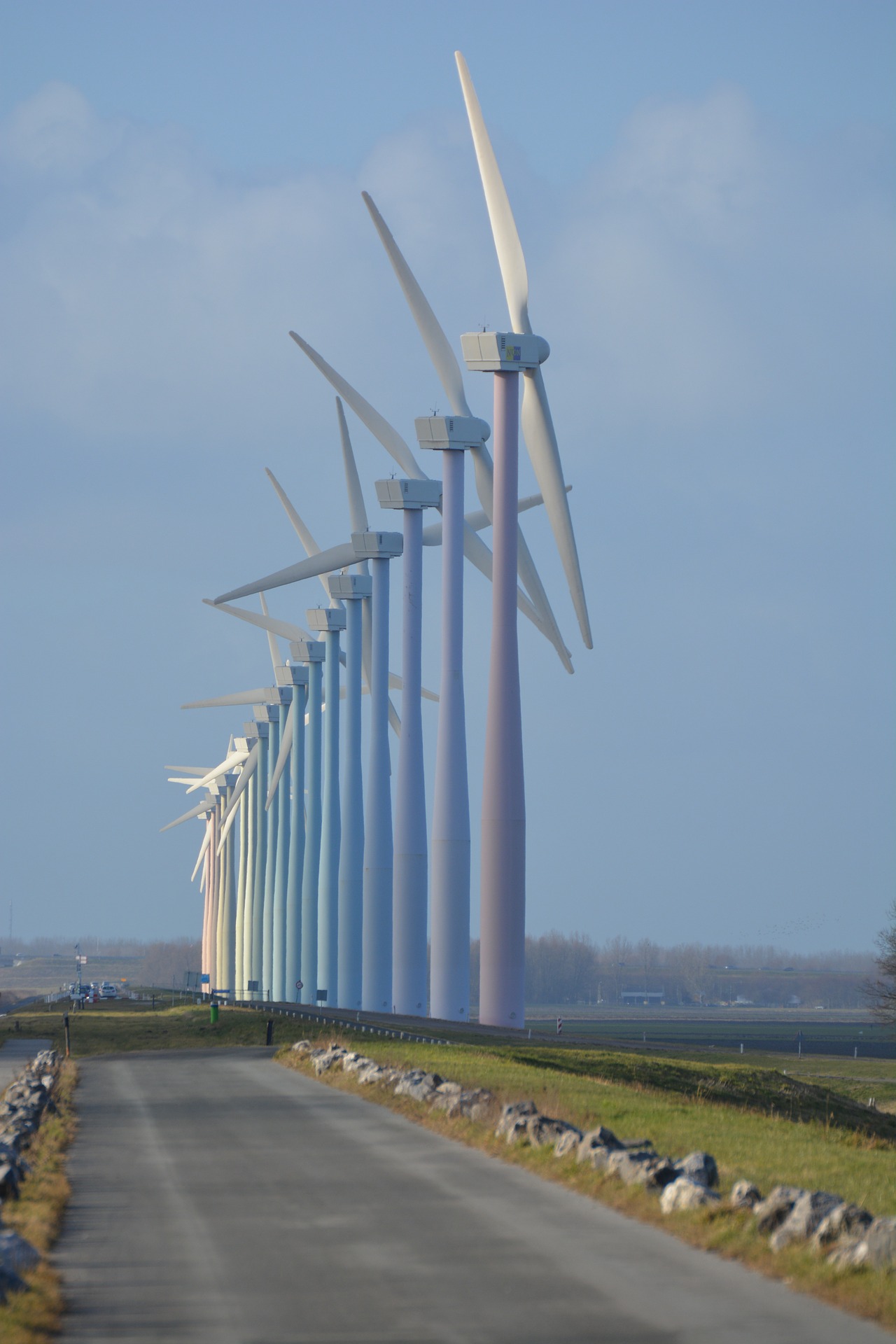
On June 29, the Danish government signed an energy agreement with the support of all the sitting parties in the Danish parliament. The agreement reaffirms and strengthens Denmark's climate and energy goals leading up to 2030.
Key elements of the agreement include a commitment to construct three large new offshore wind farms, new funds for onshore wind and solar energy, a targeted effort to realise energy savings and a targeted strengthening of energy and climate research.
With this agreement, Denmark is on track to fulfil the government’s objective of transforming Denmark to a low carbon society that is independent of fossil fuels by 2050. The agreement will enable renewable energy to fully cover Danes’ energy consumption by 2030. At the same time, the government’s 2030 target of reaching 50 percent renewable energy will also be met. In addition, funding is allocated that will allow Denmark to source 50 percent of its total energy needs from renewable energy. Finally, the agreement ensures that Denmark fulfils its obligations regarding the UN Sustainable Development Goals.
The energy agreement contains a wide range of ambitious green initiatives and easing of electricity taxes, which will help Danish consumers to replace fossil energy with green electricity. Similarly, companies and consumers will receive cheaper heating through a modernisation of the heating sector.
With this energy agreement, three new offshore wind farms will be put out to tender by 2030. The first wind farm will consist of 800 MW and once completed, will be the largest of its kind found in Denmark. It will be constructed in the period 2024-2027. Agreement underpins Denmark’s position as an energy and climate leader.
The energy agreement includes the following initiatives:
- By 2030, three offshore wind farms will be established with a total of 2400 MW. It is expected that the wind farms will be significantly cheaper to construct than wind farms of the past.
- DKK 4,2 billion (EUR 564 million) is allocated to a tender process, where different technologies such as onshore wind turbines and solar cells can compete on delivering green electricity at the lowest price.
- More than DKK 4 billion (EUR 537 million) is allocated to expand the production of green biogas. A share is allocated for organic biogas.
- From 2021 to 2024, DKK 500 million (EUR 67 million) annually will be allocated to a market-based grant pool focused on energy savings – primarily in business – DKK 300 million (EUR 40 million) for industries and DKK 200 million (EUR 27 million) for energy savings in buildings.
- A reserve of DKK 400 million in 2025 (EUR 54 million) and then DKK 500 million (EUR 67 million) annually will be allocated to further enhancing the use of renewable energy after 2026.
- A modernisation of the heating sector, where both the district heating sector and the consumers have a free choice to decide future investments, resulting in cheap heating for both companies and consumers.
- DKK 500 million (EUR 67 million) is allocated to green transportation in 2020-2024, in order to enhance green mobility and transportation.
- The parties agreed on phasing out coal in the Danish electricity production by 2030, hereby joining the international initiative with the same purpose.
- Energy and climate research will receive a cash injection with a target of DKK 1 billion (EUR 134 million) by 2024.
Source: stateofgreen.com
Photo: pixabay.com



 EUR 4.2747 zł
EUR 4.2747 zł USD 4.1036 zł
USD 4.1036 zł DKK 0.573 zł
DKK 0.573 zł SEK 0.3722 zł
SEK 0.3722 zł NOK 0.3611 zł
NOK 0.3611 zł